Compared to fifty or sixty years ago, logging practices in redwood country today are dramatically different and much kinder to the environment.
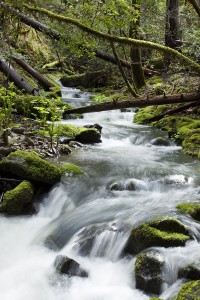
Gone — thankfully — are the days when heavy equipment punched primitive roads into the forest, dragged heavy logs down steep skid trails, and filled stream bottoms to build loading areas. These practices altered the landscape, disrupted the natural hydrologic (water) cycle and left vast areas prone to catastrophic landslides which still threaten precious old-growth groves and migrating salmon in the streams and rivers below.
After decades of such activities, growing back big trees is in some ways the easiest part of redwoods restoration. The really hard part is restoring the historic landscape and waterways: rebuilding necessary roads, decommissioning unnecessary roads and skid trails, restoring natural topography to prevent erosion, and pulling sediment out of streams to restore salmon spawning and rearing habitat.
Tomorrow’s old-growth forests are taking shape today thanks to cutting-edge restoration projects in second-growth forests within state and national parks; critically important restoration is underway on privately-managed industrial timberland as well.
For a closer look, watch Ranger Anica and Mike Jani’s YouTube videos as they describe forest restoration in the Mill Creek Watershed of Redwood National and State Parks , and road repair work on private timberland.




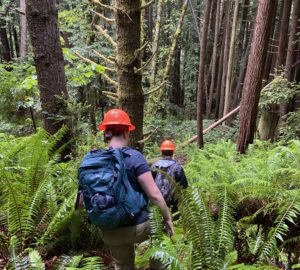
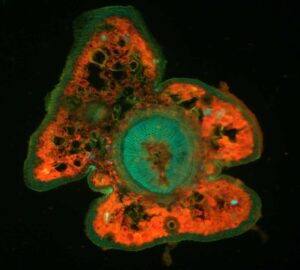
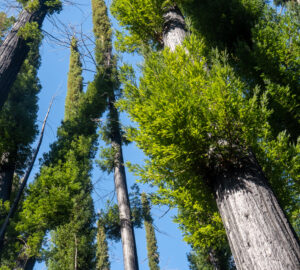
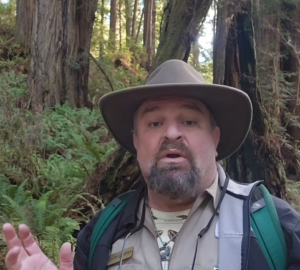

One Response to “Growing Back Big Trees? That’s the Easy Part (Well, Kind Of)!”